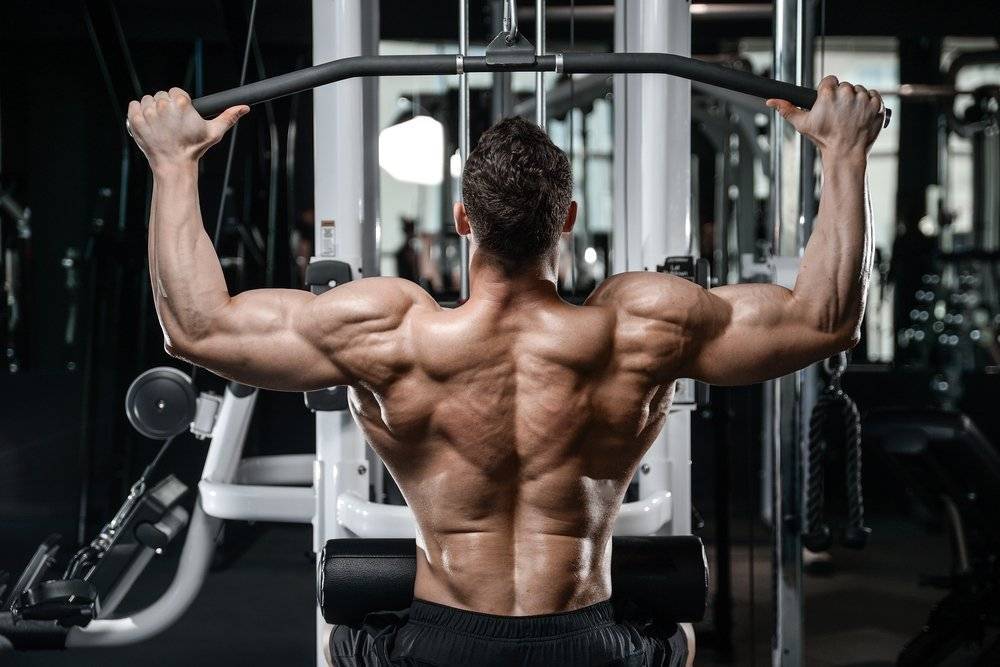The forearms, or the hand grip more specifically, are often the most likely single point of failure on back exercises. Many bodybuilders find themselves reaching the point of failure on exercises like barbell rows, chin-ups, and deadlifts not because the back muscles are exhausted, but because their hands are no longer able to hold onto the bar or barbell. After all, the back is a large and complex network of muscles, while the hands and forearms are much smaller.
Some bodybuilders will use wrist straps to affix the bar to their bodies. This allows the hands to act more as hooks, and lets the bodybuilder to continue training the back muscles even past a point where the hands would have failed to be able to hold on any longer. This is akin to using a spotter on other exercises to remove the weak link from the range of motion with the weight. As a result, bodybuilders who use straps are able to train the back longer and harder.
Straps have their critics, that is for sure. Many bodybuilders and personal trainers believe that straps are just a short-term fix for a bigger problem – weak forearms – and that using them only helps to perpetuate and solidify the problem as a permanent weakness for the body. The forearms and grip strength may never fully develop if this crutch is employed constantly. All you’re doing is trading short-term back muscle gains for a lifetime of limited back strength.
The other side of the argument is that straps are highly useful. Any tool which can give a bodybuilder an extra boost to train a muscle group longer and harder should be used. The name of the game is bodybuilding, and nothing builds a muscle group up like being pushed to the absolute maximum. Helping the back to reach muscle failure by using a tool such as straps is therefore advisable.
The conclusion is simple. Wrist straps should be used only in those times when the athlete is willing to trade off grip strength for back strength. At the conclusion or peak of a back workout, when the goal of the bodybuilder is to pump just a bit more blood into the muscle group to inspire some additional growth. As long as the bodybuilder knows that he may be short-circuiting future gains by employing a short-term solution, they can be used. Keep an eye out for long-term grip strength. If it’s lagging, use them less. As long as your back is growing, you’re doing something right!

